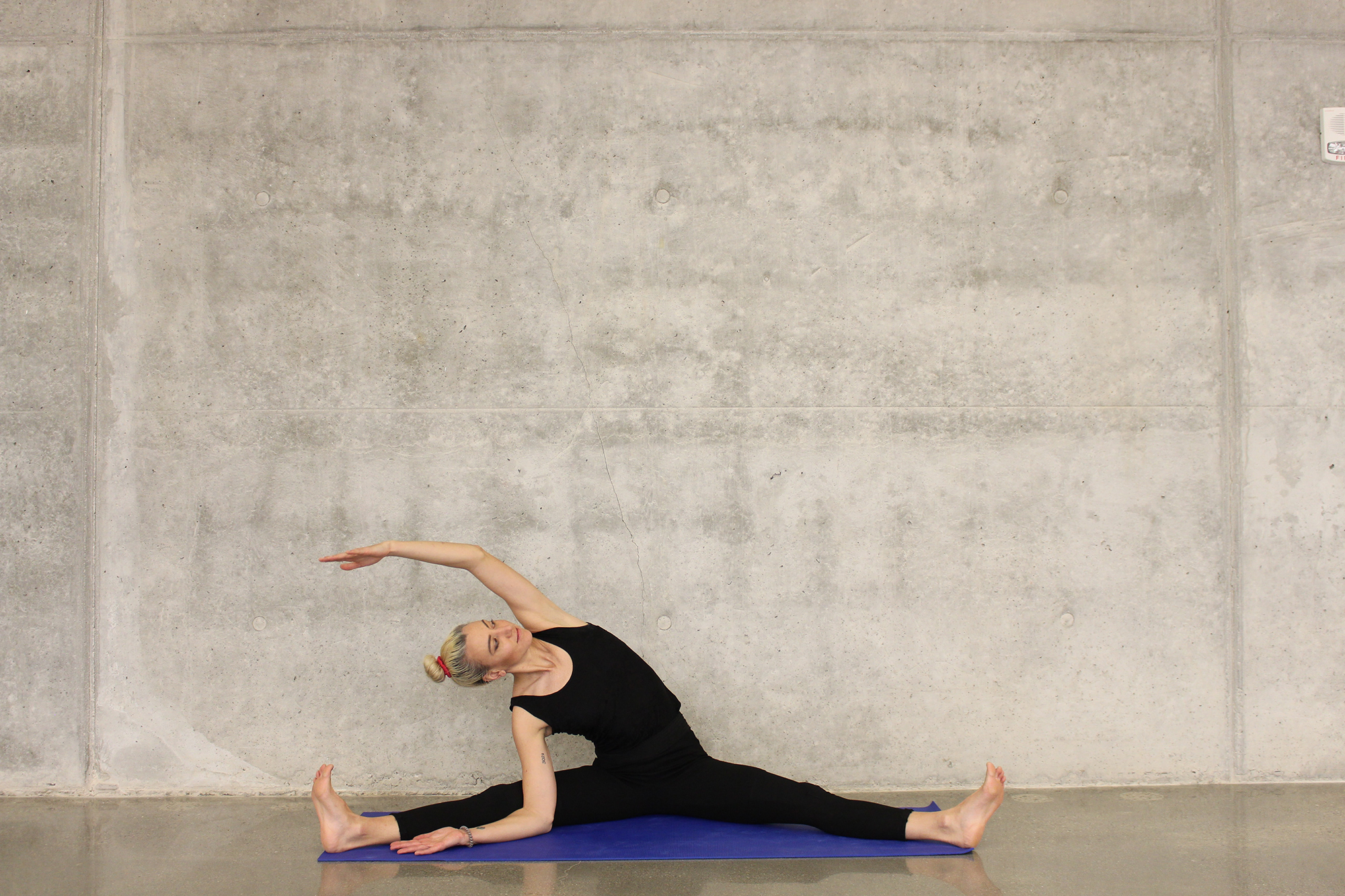- Abuse & The Abuser
- Achievement
- Activity, Fitness & Sport
- Aging & Maturity
- Altruism & Kindness
- Atrocities, Racism & Inequality
- Challenges & Pitfalls
- Choices & Decisions
- Communication Skills
- Crime & Punishment
- Dangerous Situations
- Dealing with Addictions
- Debatable Issues & Moral Questions
- Determination & Achievement
- Diet & Nutrition
- Employment & Career
- Ethical dilemmas
- Experience & Adventure
- Faith, Something to Believe in
- Fears & Phobias
- Friends & Acquaintances
- Habits. Good & Bad
- Honour & Respect
- Human Nature
- Image & Uniqueness
- Immediate Family Relations
- Influence & Negotiation
- Interdependence & Independence
- Life's Big Questions
- Love, Dating & Marriage
- Manners & Etiquette
- Money & Finances
- Moods & Emotions
- Other Beneficial Approaches
- Other Relationships
- Overall health
- Passions & Strengths
- Peace & Forgiveness
- Personal Change
- Personal Development
- Politics & Governance
- Positive & Negative Attitudes
- Rights & Freedom
- Self Harm & Self Sabotage
- Sexual Preferences
- Sexual Relations
- Sins
- Thanks & Gratitude
- The Legacy We Leave
- The Search for Happiness
- Time. Past, present & Future
- Today's World, Projecting Tomorrow
- Truth & Character
- Unattractive Qualities
- Wisdom & Knowledge
Health & Wellness Wednesdays
SportBall
My next door neighbour has a 3 year old son - he is enrolled in a great activity called SportBall. It’s done through our city programming at a recreation centre.
She loves it and so does he because it just allows small children to run around, learn about sports, and have fun.
In fact, when I googled “sportball” some of the first things that come up are how sportball is designed to give kids a lifelong passion for staying active. What a great thing!
I love that there are programs designed to teach our children that movement and fitness and sport is fun. Exercise is so good for our bodies, but also for our mental health. Yet somehow, exercise for many of us as adults has become synonymous with punishment. That’s terribly sad! Movement can be so fun - you just might have to find an activity that you love doing!
Movement and activity can be through organized sports, it can be through hiking in nature, it can be through dancing in your living room, or it can be going to a local gym. Movement doesn’t have to be complicated and you don’t have to be an “athlete” to move your body.
I am planning to look into SportBall for my children because I want them to develop a love for movement and staying active. It’s such an important part of our life, especially as many people have become more sedentary through their jobs.
They say sitting is the new smoking, so learning to love movement is one of the best gifts we can give to our children.
Have you ever played SportBall?
Interesting Fact #1
Researchers have analyzed a total of 13 publications and found that sitting for more than eight hours without any physical activity is associated with a mortality risk comparable to that caused by obesity and smoking.
Interesting Fact #2
This analysis, which includes more than one million people, has also pointed out that moderate-intensity physical activity for 60 to 75 minutes a day can mitigate the negative health effects of prolonged sitting.
Interesting Fact #3
The human cardiovascular and digestive systems function more efficiently when the body is upright. Moreover, a physically active lifestyle helps maintain the optimal balance between energy consumption and expenditure. In contrast, prolonged sitting in a place restricts calorie burning, subsequently increasing excess calorie accumulation and fat deposition in the body. All these factors can collectively increase the risk of developing obesity, type 2 diabetes, and metabolic syndrome.
Quote of the day
“I don't think it's a coincidence that so many people are drawn to communities where they can pursue physical challenges alongside others. It's a joy to watch people to exert themselves, face their fears and overcome their obstacles. (...) Sometimes you are the one crushing the goal and ringing the bell. Sometimes you get to be part of the crowd that hugs and cheers the person ringing the bell. And sometimes it's enough to simply immerse yourself in a space where such a joyful noise gets made.” ― Kelly McGonigal
Article of the day - Why moving is key for good mental health
One of the best things we can do to help boost our mental health is to move our bodies.
Think of how you feel after you finish a workout, a run, or a long walk. Satisfied? Accomplished? Happy? Energised? It’s no coincidence – our minds and bodies are connected, so if we look after our physical health, we’re looking after our mental health, too.
You’ve no doubt heard there are numerous benefits of exercise to our mental health. In fact, the Mental Health Foundation found 82% believe regular physical activity is important for mental health and wellbeing. So how can we reap the benefits to ensure we’re all living healthier, happier lives?
Let’s take a look at those benefits
Regular physical activity has been shown to reduce stress, alleviate anxiety and depression – but also, quite simply, make us happier. And it really does make us happier. “Every one of the studies showed a beneficial relationship between being physically active and being happy,” said researchers for a review in The Journal of Happiness Studies. Not only that, but people reported feeling happier after just 10 minutes of activity.
Interestingly, the type of activity really doesn’t matter. You could be cycling, walking, playing sport, or doing HIIT – although people generally report more enjoyment from “moderate intensity” exercise, as well greater enjoyment after interval workouts (like HIIT) compared to continuous ones (like running).
Mark Rowland, CEO, Mental Health Foundation, said we can look at it as there being three main benefits of exercise to our minds: cognitive benefits, psychological benefits, and physical benefits, which work towards having a positive impact on your mental health.
“Creativity is enhanced” – The cognitive benefits
When we exercise, we increase blood flow to the brain, and it improves the cognitive ability of the brain to recall things, says Mark. It improves memory and concentration, so that our actual brain health is improved, which has also been shown to reduce our dementia (by about 28%!).
“Creativity is enhanced,” says Mark, “and also parts of the prefrontal cortex, which deal with the ability to think and gain perspective, are enhanced by movement.”
These cognitive benefits can help you think better, learn well, problem-solve, have better attention and focus, and generally have more of an emotional balance – all helpful when looking to boost your mental health.
“The feel-good factor” – The psychological benefits
When we exercise, explains Hayley Jarvis, Head of Physical Activity at Mind, “the brain ‘lights up’ different areas responsible for our fear response, managing and processing emotions and memory, and providing a multi-systems response.”
“Our body also releases hormones including cortisol, dopamine, endorphins and serotonin. Exercise is a stressor and through releasing cortisol, it helps us to better manage stress in the long term. Dopamine and endorphins are often called the ‘happy hormones’ and can make us feel better, with endorphins reducing pain, and serotonin helping our mood and sleep.”
Part of these psychological benefits also come from the fact that moving presents a challenge, adds Mark. There has to be effort, and so the benefits we feel often come from us pushing through something that’s difficult – and getting reward.
Physical activity can also benefit our self-esteem, and it gives our brains something to focus on, says Hayley, making it a “positive coping strategy for difficult times”.
“Physical protects mental” – The physical benefits
The physical benefits of ongoing regular movement is that you’re increasing your healthspan, not just your lifespan, says Mark. Regular exercise is “the most prominent lifestyle intervention in improving healthspan”, studies show.
“If you regularly move, you’ll have a 50% increase in your healthspan, which is the number of years living without a disability,” says Mark. “That physical impact helps protect your mental health – like simply not having to deal with cancer, diabetes, dementia – it’s a part of what leads to a healthy life.”
Movement is medicine
“Movement has a powerful impact on depression, roughly as effective as antidepressants and CBT talking therapy,” says Mark. “But sometimes, exercise needs to go alongside those other forms of support.”
If you don’t have a diagnosis, the evidence is clear that movement is the best thing you can do to prevent poor mental health. It reduces the risk of depression by 12-24%, says Mark. “It is a powerful preventative, as well as having a powerful recovery impact.”
“But these [positive] feelings aren’t a given,” adds Hayley. “Some people can find exercise triggering for their mental health as they may have had poor experiences in the past. More research is needed to fully understand the mechanisms behind the link between physical activity and mental health.”
It’s important to note that there should be a healthy balance and relationship between physical activity and mental health. “For some people, physical activity can become their only coping mechanism which can lead to over-training and exercise addiction,” says Hayley. “Over-training and exercise addiction can have a negative effect on your relationships, mood and ability to function in other areas of your life.”
How can we support people to move more for their mental health?
While many know about these benefits, there are barriers in place stopping people from moving for their mental health, the 2024 Mental Health Foundation report found. Among the top barriers were high costs, daily stress, and not having enough time to move.
“It can be overwhelming trying to start a physical activity,” says Hayley. “You might feel pressure to do certain things you aren't sure you'll enjoy. One way to overcome this is to think about what you like doing, and what your body is able to do.”
Hayley recommends thinking about:
- Explore what movement means to you. Movement is very personal to each of us. There are lots of ways to be active and it’s about moving in a way that suits you.
- Find what feels right and works for you. Any step, no matter how small, helps towards being more active.
- Celebrate your achievements. Movement isn’t always easy and it can be an achievement to do even the smallest amount.
- Don’t forget the daily moves. Whether you’re hoovering, doing some gardening, or sitting less, it all counts.
- Most importantly, be kind to yourself. Rest, recovery and selfcare are key components to feeling good and getting the most from movement.
Getting motivated to move for your mental health can be the hardest barrier you face. Mark’s advice? “Set realistic goals and share those goals with someone you trust; exercise with other people; and do it in nature. All of that advice will be true wherever you are on the mental health spectrum. Make it fun, make it meaningful.”
Also, we need to be honest: it can be hard. Exercise can feel hard. It can take courage. “There’s no point dressing up exercise as a miracle cure, that it’ll help us all without any challenge,” he says. “There is a challenge there, but the harder it feels for you, the more it’s probably needed and the better you’ll feel.”
Don’t forget, we’re all unique and our relationship with movement is very personal. “We want people to find a movement that works for them, that they enjoy, and to focus on how it makes them feel,” says Hayley.
Learn more about moving for your mental health at the Mental Health Foundation and Mind.
This article was written by The Body Coach content team.
Question of the day - What is your favorite way to get movement into your day?
Activity, Fitness & Sport
What is your favorite way to get movement into your day?










